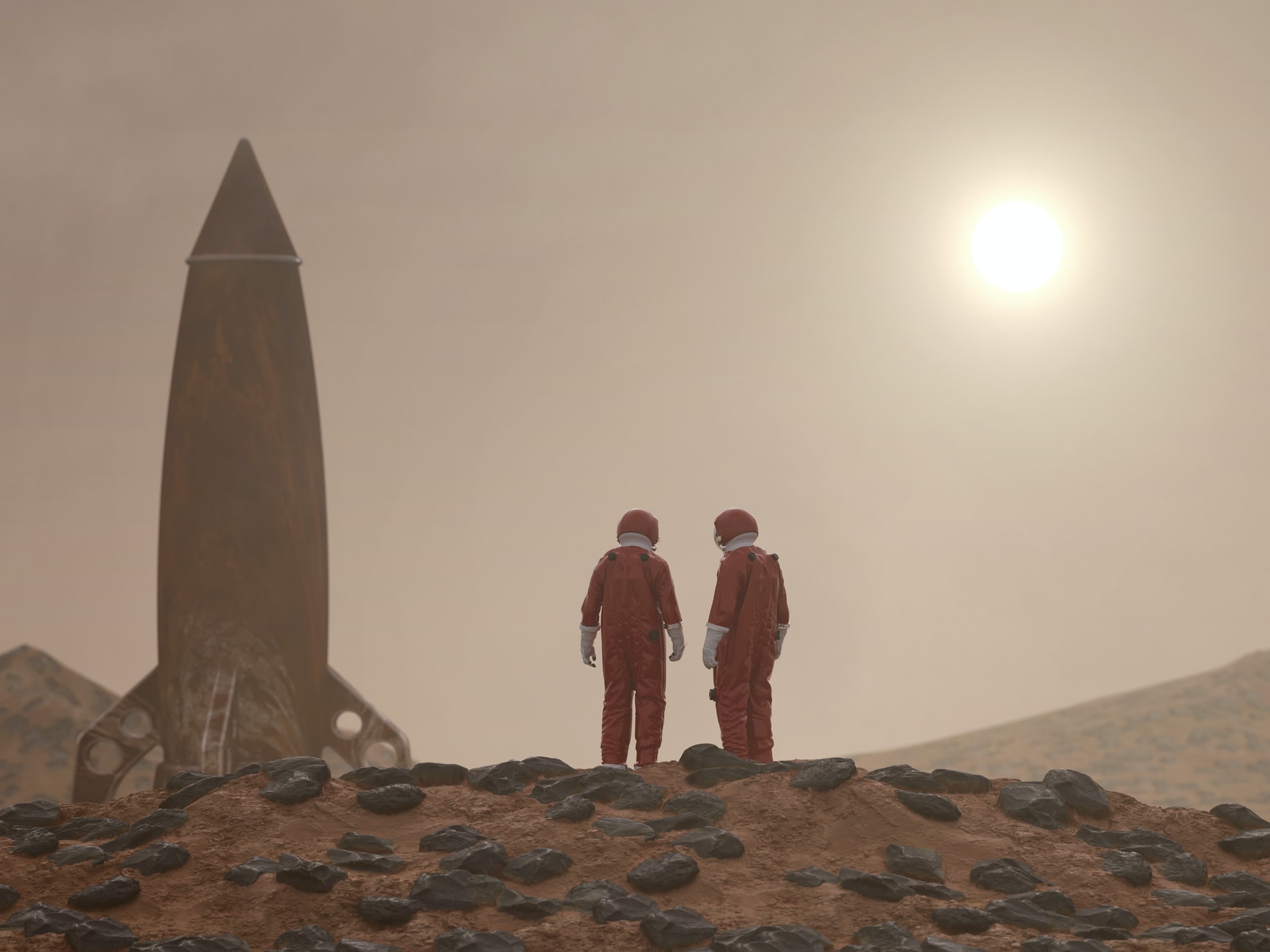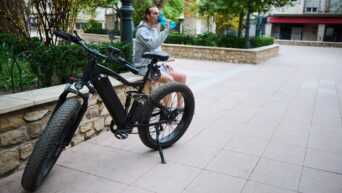
Credit: Unsplash
It’s not Mars, but it’s close enough.
As often as humanity dreams of some day colonizing Mars, the fact of the matter is that we don’t have any real idea of what it would be like to live on the red planet long term. We literally can’t know until we successfully launch a manned voyage to Mars. But while we can’t know for sure at the moment, we can make some educated guesses, which is exactly what a group of researchers in the deserts of southern Israel have gotten up to.
In the Ramon Crater, a group of six researchers working on behalf of the Austrian Space Forum, alongside the Israel Space Agency and D-MARS, have set up an imitation Mars habitat, the AMADEE-20. The researchers have been spending their time here as though it were Mars itself, performing research tasks within the habitat and wearing faux spacesuits outside of it.
“We have the motto of fail fast, fail cheap, and have a steep learning curve. Because for every mistake we make here on earth, we hope we don’t repeat it on Mars,” said Gernot Gromer, director of the Austrian Space Forum.
The AMADEE-20 experiment was supposed to begin last year, but was delayed due to COVID-19-related complications. The research team is hoping to get a few ideas of what living on Mars is actually like before we make a genuine go at putting someone there.
In a rocky Israeli crater, astronauts of the AMADEE-20 mission have set up a “Martian-like” station to simulate life on the red planet. pic.twitter.com/zgH23dMfRj
— South China Morning Post (@SCMPNews) October 11, 2021
“The habitat, right now, is the most complex, the most modern analog research station on this planet,” said Gromer.
“We are six people working in a tight space under a lot of pressure to do a lot of tests. There are bound to be challenges,” said researcher Alon Tenzer. “But I trust my crew that we are able to overcome those challenges.”
































